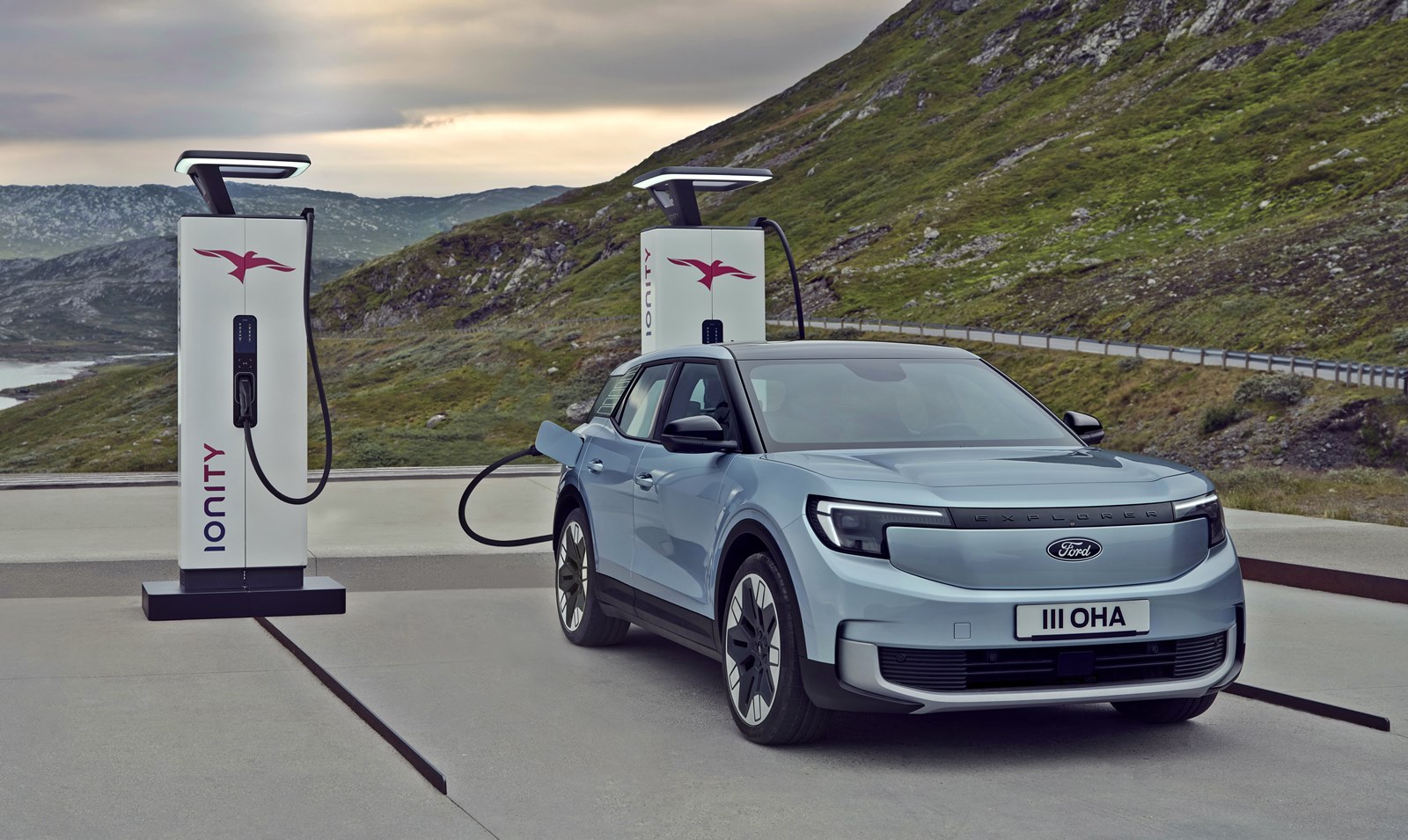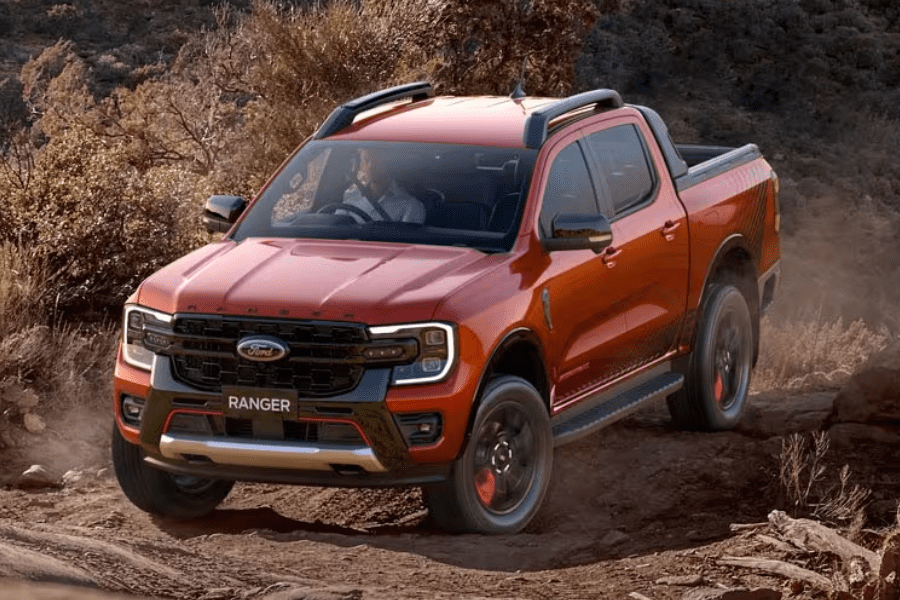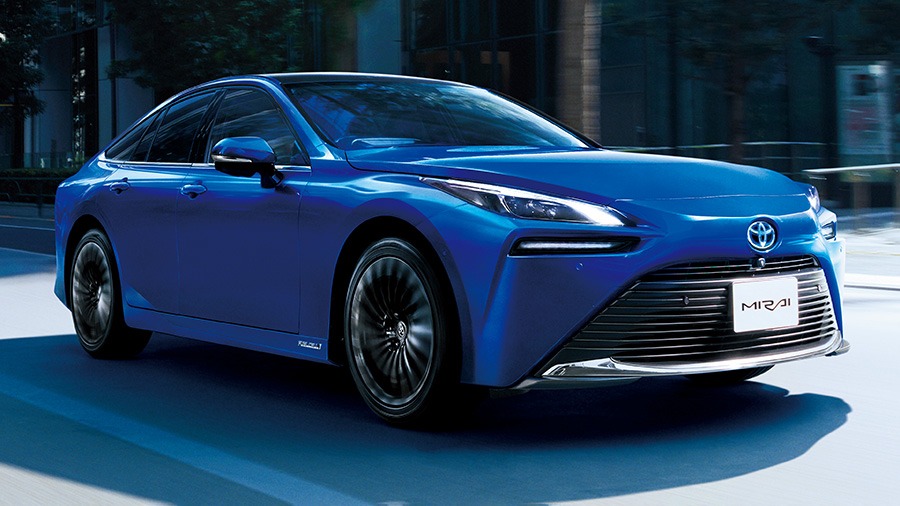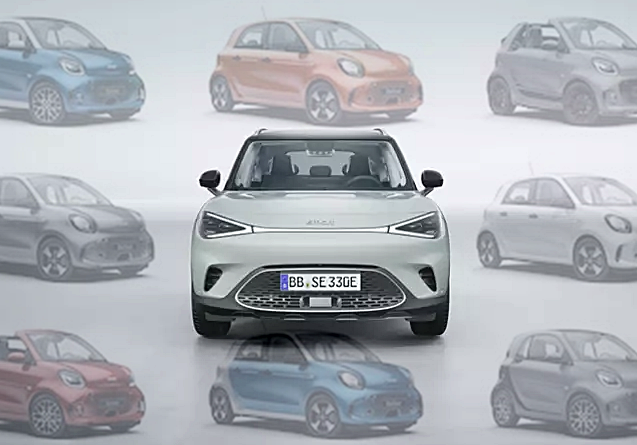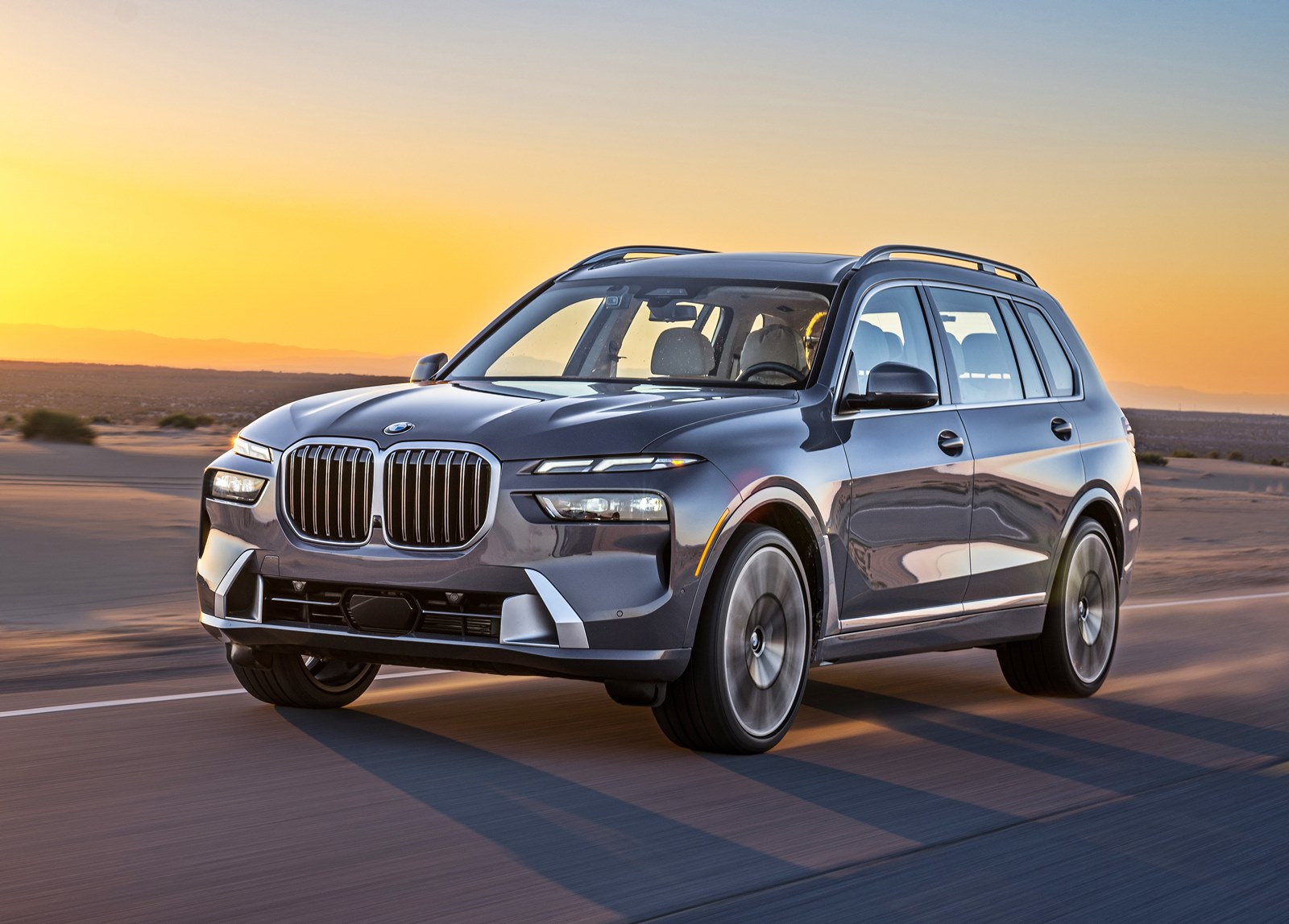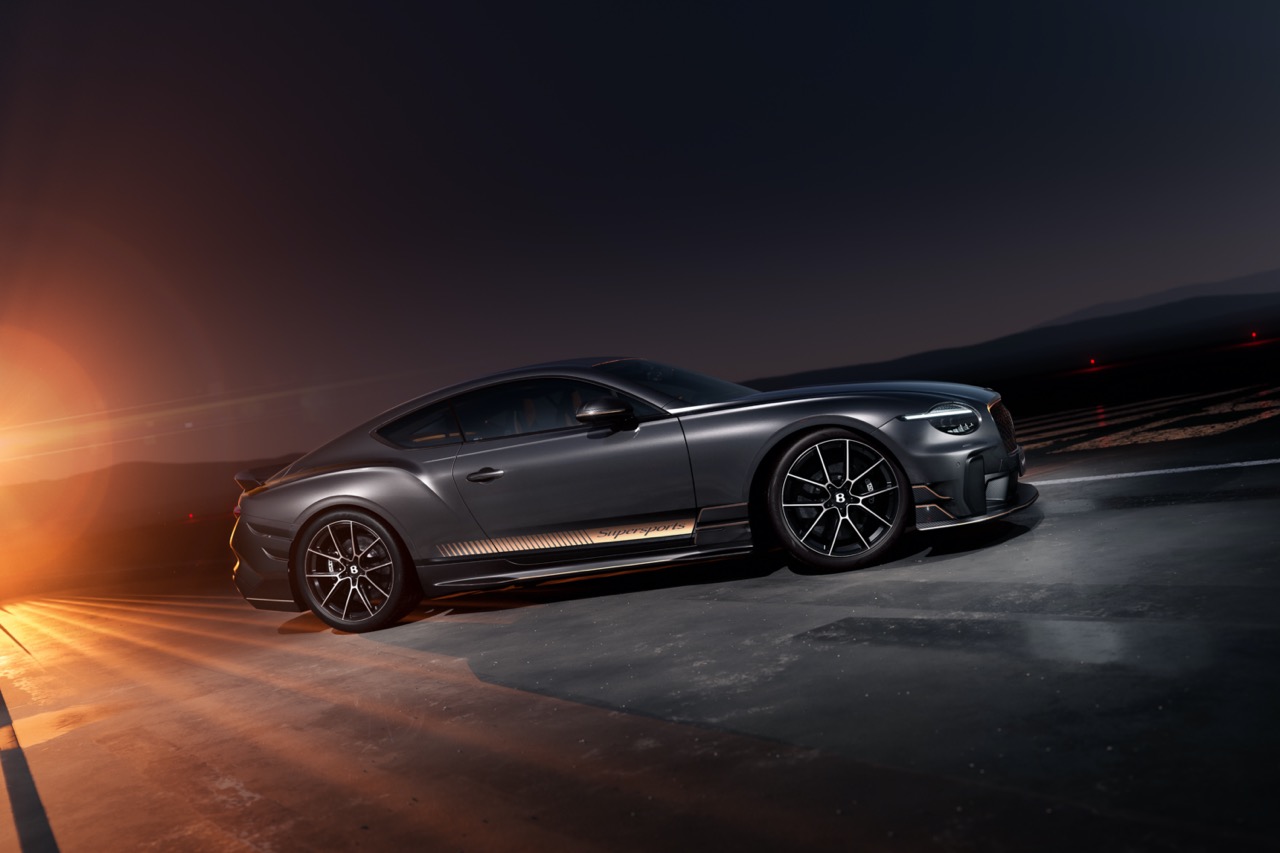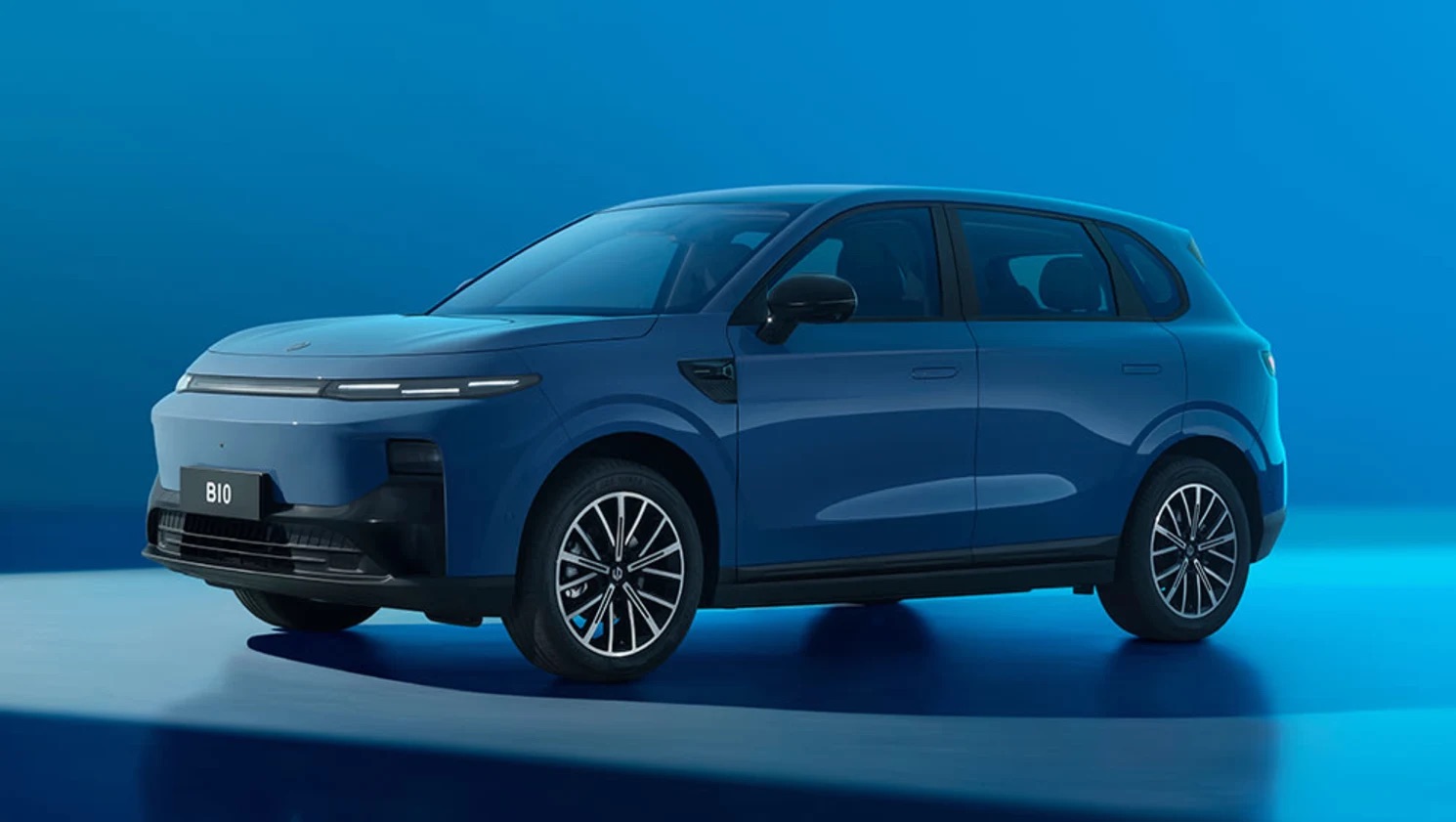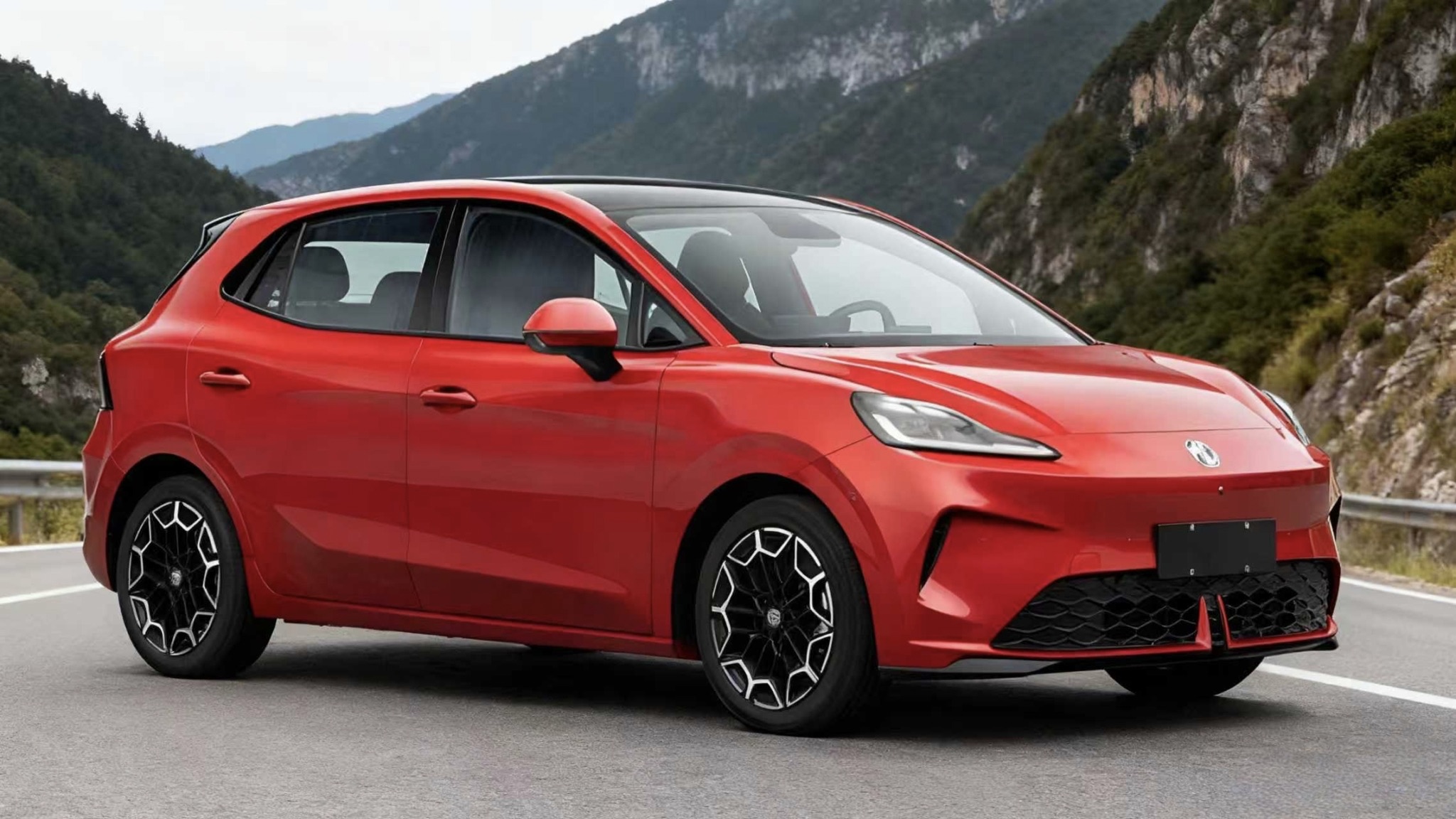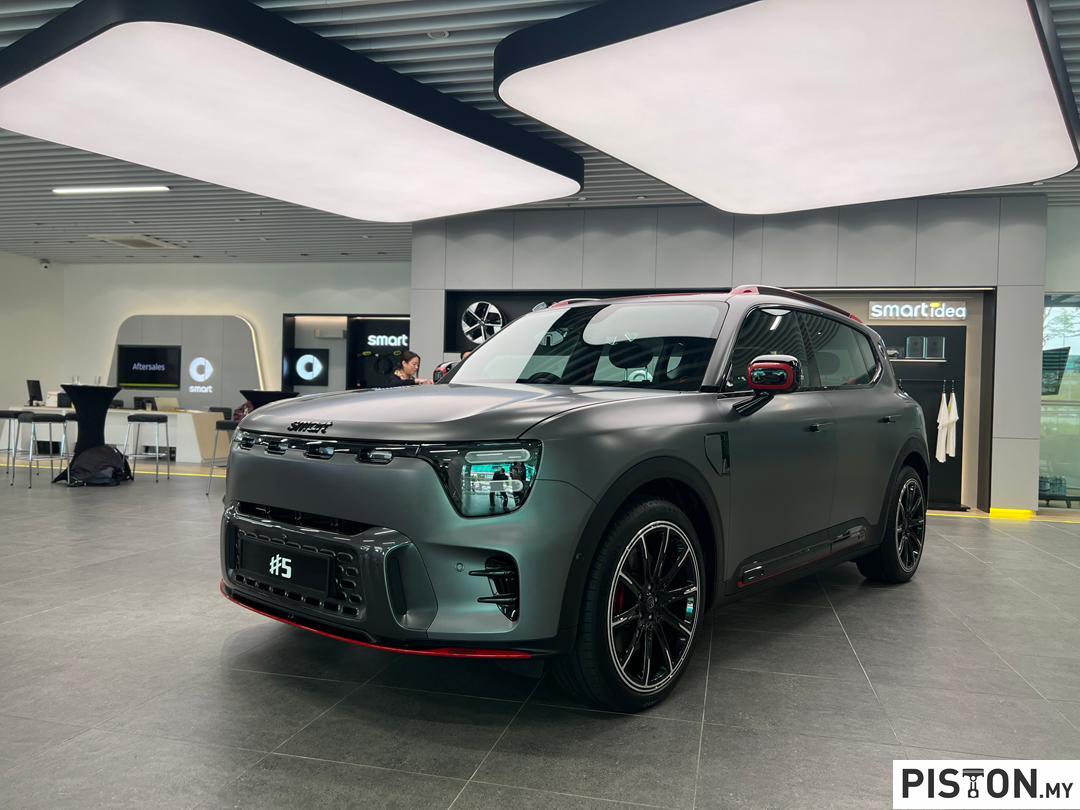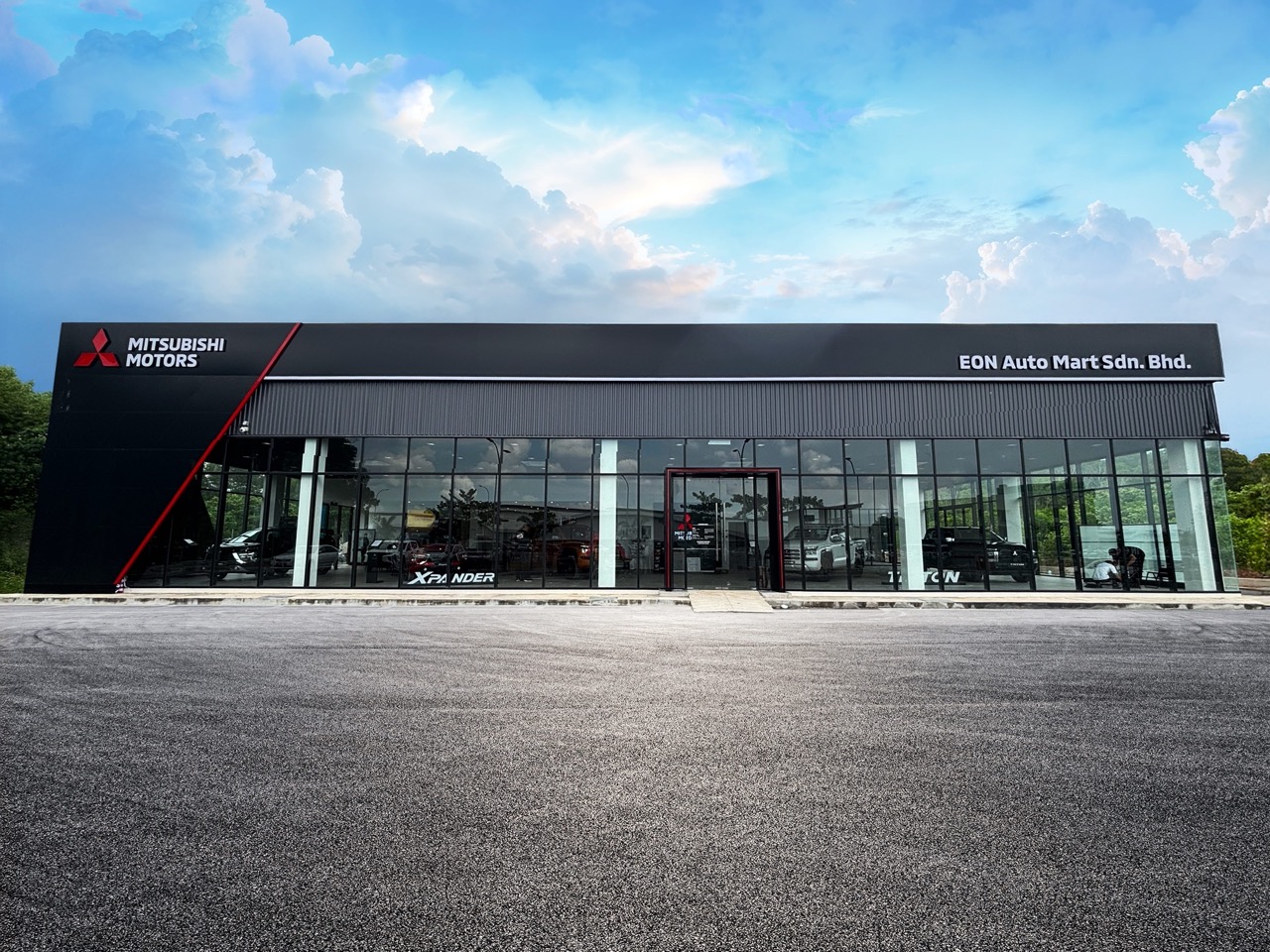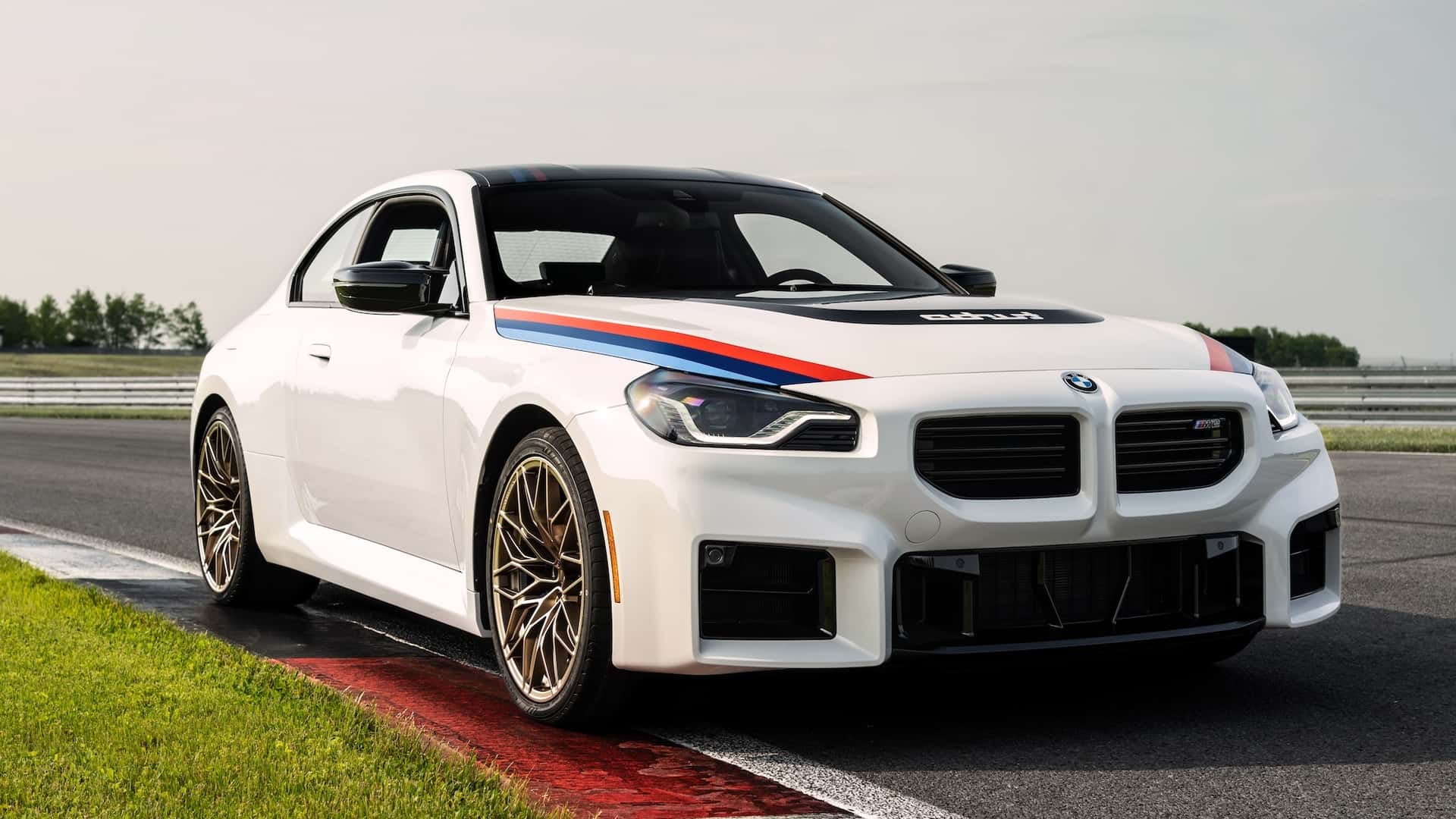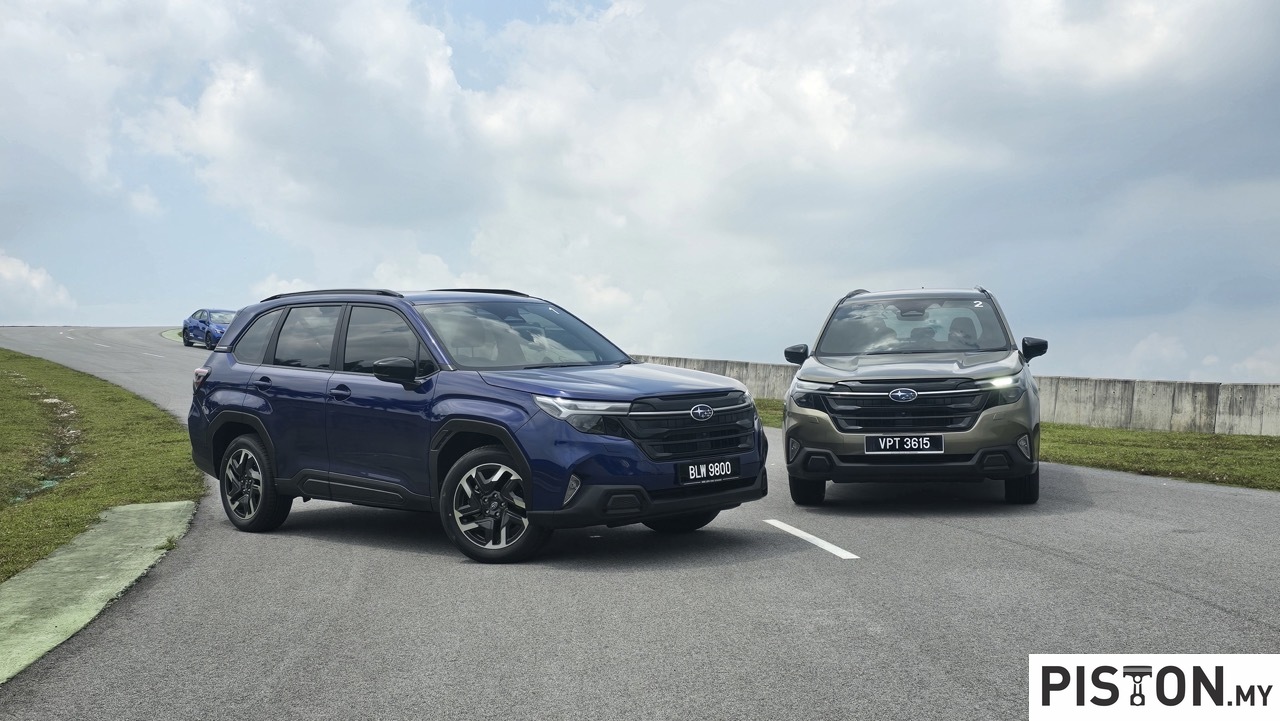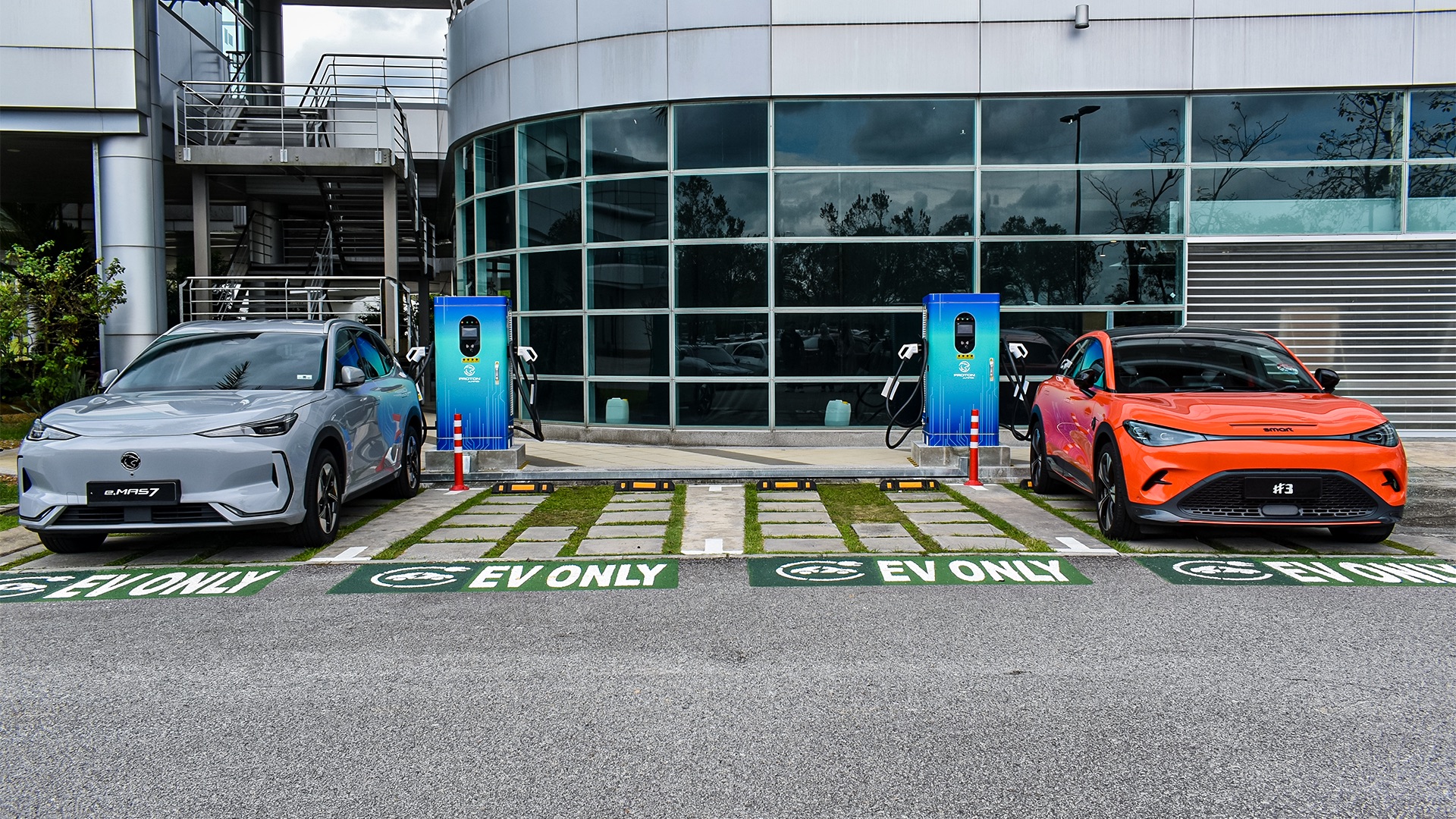Following on from the alliance between Ford and Volkswagen which has seen the new Amarok for the German carmaker based on the latest Ranger, Ford has now revealed the first of two new models which will use Volkswagen’s MEB platform for battery electric vehicles (BEVs).
The new model, to go on sale later this year for under 45,000 euros (about RM216,000), uses the Explorer nameplate. This name has a long history in Ford’s range and at one time, was the bestselling SUV in the world. Now it is going electric as part of Ford’s reinvention of the Ford brand in Europe. By 2030, Ford aims to have an all-electric portfolio of passenger vehicles.
(more…)
